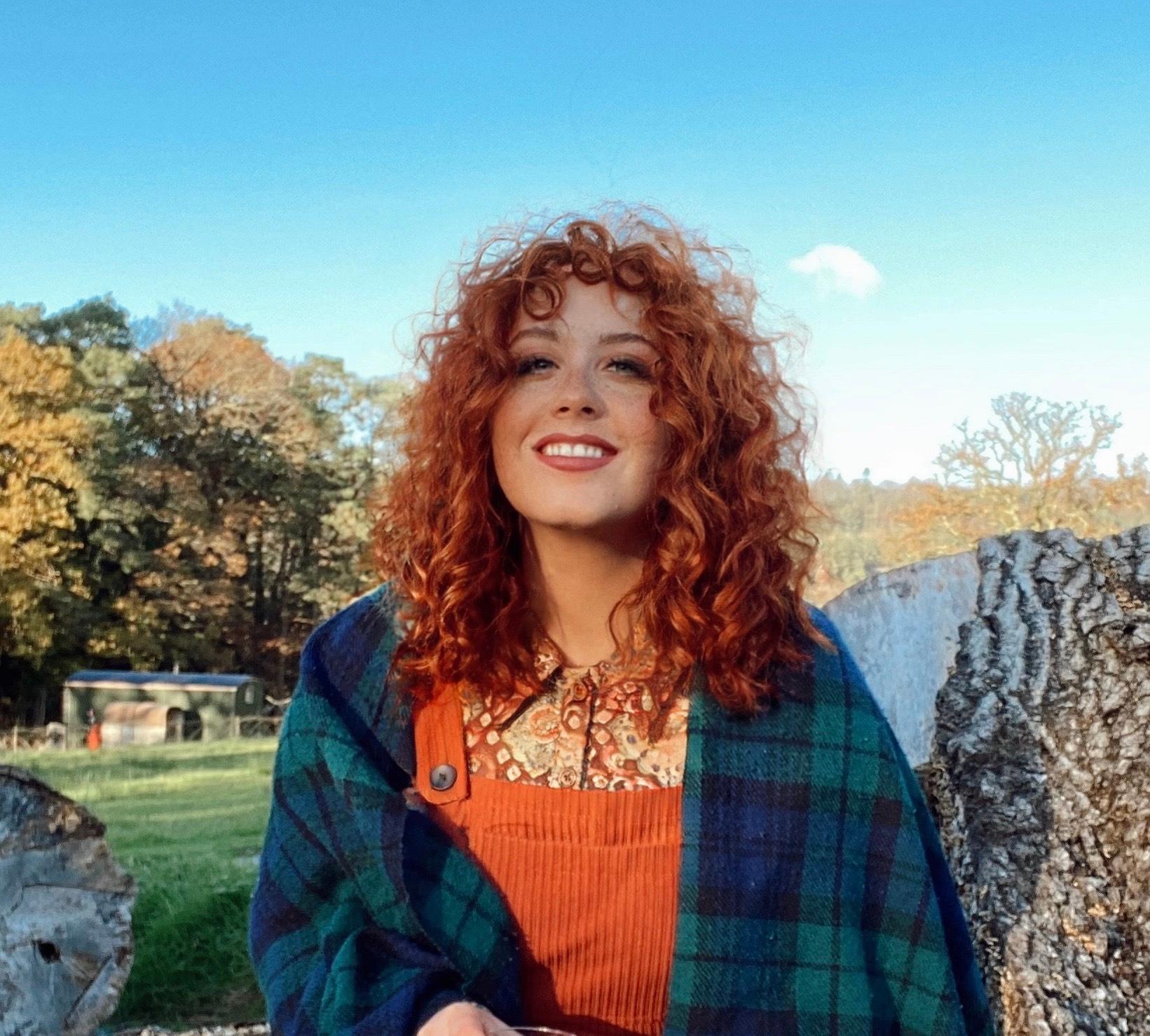Supporting your dog at every stage requires an understanding of their life cycle. Get familiar with the physical and behavioral changes from puppyhood to their senior years.
- Home/
- Dog/
- Health & Wellness/
- The Dog Life Cycle: What to Expect at Every Stage
The Dog Life Cycle: What to Expect at Every Stage

Anyone who has ever shared their home and life with a dog knows these animals are incredible at any stage. These precious fur babies are a part of the family, and we love to dote on them.
But to really develop a bond with your four-legged best friend, it’s important to understand the dog life cycle. This consists of four stages: puppy, adolescent, adult, and senior. Each life stage comes with distinct changes in growth, behavior, habits, and health. Knowing what to expect during each part of your pet’s life makes supporting and caring for your dog easier. Let’s take a closer look.
Puppy
We can all agree that puppies are adorable. When they are born, they are blind, deaf, unable to regulate their body temperature, and completely dependent on their mom to be able to do anything, including going to the bathroom. The puppies open their eyes and ears for the first time 2 to 3 weeks after being born. This is the point where puppies will start exploring their surroundings and be little balls of fur and energy.
Puppies should be with their mom and siblings for the first 8 weeks of their life. Around this time, puppies can be vaccinated and even house-trained so they don’t have any accidents in their forever homes. You can start introducing training during this time to work on basic commands like sit and lie down. The puppy stage of a dog’s life cycle ends at about 6 months of age.
Adolescent
We affectionately call this point in a dog’s life cycle the velociraptor stage. From 6 months until 18 months for small dogs and 36 months for larger ones, dogs are at their most pivotal stage for learning. This is when you will have to get more serious about training, focus on puppy proofing your home, and start socializing your dog with people and other dogs. If not given the proper training, puppies at this stage could become destructive.
Their puppy teeth will fall out and adult teeth will come in. During the puppy teething period, your dog will likely chew on EVERYTHING. Your puppy’s personality will develop during this time. Unspayed female dogs will go into heat, and unneutered male dogs may become more interested in marking their territory. If you are interested in spaying or neutering your dog, it’s a good idea to talk to your vet during your pup’s adolescent stage. They will be able to tell you all about these common procedures.
At this stage in their life, you will need to be patient and constructive with them. They are still growing and learning, and will succeed with repetitive training and positive reinforcement. Most adolescent dogs will also have the most energy at this stage, so lots of walks and playtime are encouraged to get that excess energy out in a constructive way.

Adulthood
In the adult phase of the dog life cycle, they will have mellowed out and finished growing. This is also when you will benefit most from whatever training you did during the adolescent period. A dog’s adulthood is the time from 18 months for smaller dogs or 36 months for larger ones until 7 to 10 years.
During this time, they will still benefit from regular walks and play time. You can work on training new dog tricks to keep things interesting or try agility courses or go on hikes.
Healthy adult dogs should visit the vet once a year so that you can make sure they stay in optimal health. It’s much easier to be proactive about your dog’s health than reactive.
Senior Dog Stage
Senior dogs are those older than 7–10 years. Depending on the dog’s size and breed, they can live anywhere from 11 to 20 years on average. Senior dogs may need additional care and attention, vet visits will be more frequent, and they may benefit from additional wellness items like joint supplements.
Their coats will get grayer as they age, especially around their snout, and some senior dogs may develop dental hygiene issues.
Senior dogs will still benefit from regular exercise. While daily walks may be slower or shorter, a senior dog will find enrichment in exploring their environment and getting fresh air. Your senior pup may also sleep a lot more than they did during the adult phase of their life cycle.
To keep your senior dog comfortable, you may want to make some adjustments to their home environment. This includes adding ramps to stairs or beds, providing non-slip surfaces around your house with carpets or treads, investing in an orthopedic dog bed, or adjusting the location of their crate or bed.
Having a senior dog means that you’ve given that dog an amazing and long life. It is really sad when they reach this age because it means losing them is around the corner. However, it is also a happy time in the dog life cycle because we have years worth of the very best memories with them.
 B
B



